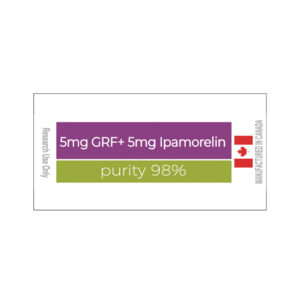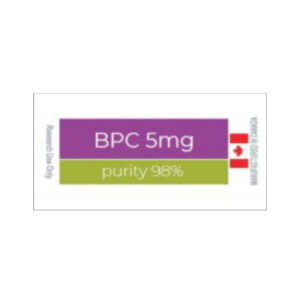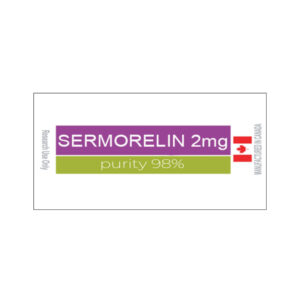Description
BPC-157, or Body Protection Compound 157, is a synthetic peptide derived from a portion of the body’s own protein known as Body Protection Compound. It consists of 15 amino acids and is known for its potential healing properties and tissue repair effects. BPC-157 promotes healing in various tissues, including muscles, tendons, ligaments, and the gastrointestinal tract.
- Improve Gut Health & Digestion
- Accelerate the repair of tissue
- Balance inflammatory response
- Enhance Brain Function
Take 1 capsule, once or twice daily with food.
500mcg | 60 Vegetable Capsules









There are no reviews yet.